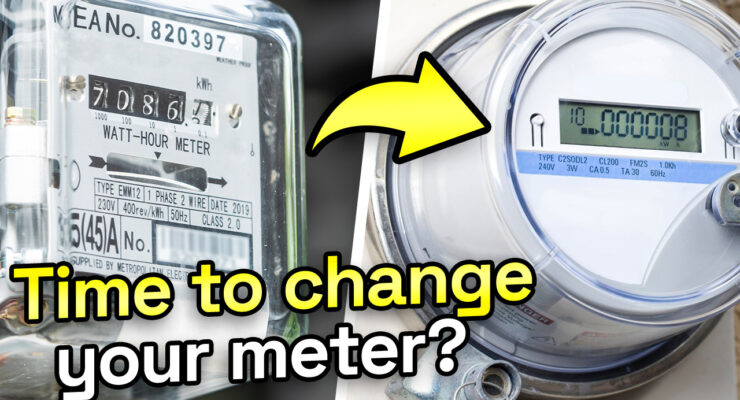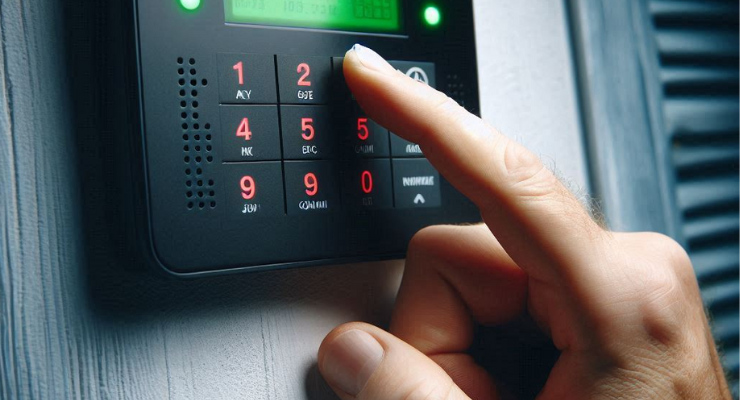Fast read
Smart meters are advanced electricity meters offering capabilities and services beyond traditional accumulation and interval meters.
They can provide real-time data on energy consumption, enable flexible pricing tariffs, transmit energy use data to utilities, receive and carry out commands, monitor the supply for faults, act as a communication point for important information, and interface with appliances via a home energy network.
Smart meters are being adopted by utilities and governments worldwide, but their adoption and use vary. For example, in Australia, different states and utilities have different policies on smart meters, with some offering more advanced capabilities than others.
The various meter box technologies explained
Accumulation meter
The old energy meter measures electricity usage from installation or reset by the utility company. It keeps track of the usage over time. The meter measures the electricity consumption. It shows the total amount of electricity used.
An accumulation meter shows how much energy you’ve used since the last reading, giving insight into your electricity consumption. It does not give you much insight into consumer behaviour.
Energy bills are calculated based on the differences between successive readings. Traditionally, meter readers went from house to house every 2 or 3 months. Gas and water meters, along with old-style accumulation electricity and gas meters, still use this reading method. Researchers still commonly use this method in the field.
A house with an off-peak water heater usually has two meters. One meter is for the water heater, and the other is for everything else, such as power, lighting, and air conditioning. The meters with the spinning disk are a typical version of a traditional accumulating electricity meter.
Overall not too smart, as they do not allow any sophisticated demand-driven billing. A majority of Australian homes in established areas still have these meters.
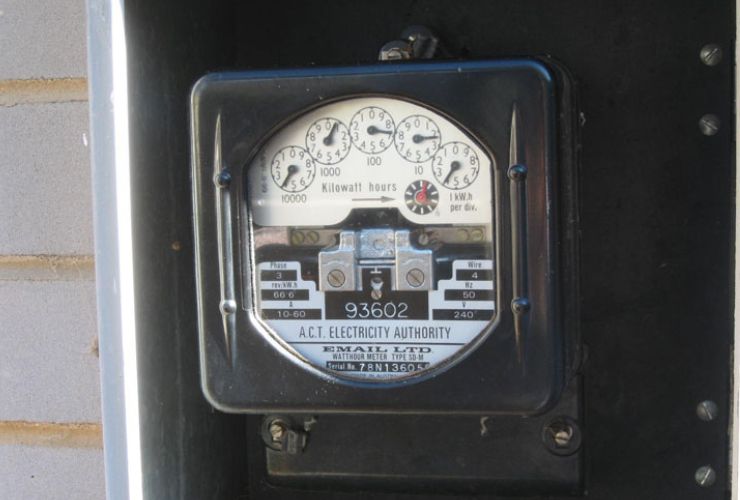
Digital interval meter
Basic digital electricity meters, also known as interval meters, offer a step up from traditional meters. They track your energy use every half hour or more frequently. Regular meters only track it once per billing cycle. These meters often display readings on a screen and transmit data digitally, eliminating the need for meter readers.
The key benefit of basic digital meters lies in their ability to support “time-of-use tariffs.” This means you pay different rates for electricity depending on the time of day. Some places are using time-based charging to encourage people to use energy when demand is lower. This helps save money and reduces strain on the grid.
This is where flexible appliances, like dishwashers and washing machines, come in. You can schedule their use during these off-peak periods to potentially save money on your electricity bill. While these meters are digital, they differ from true “smart meters” by not automatically transmitting data. Digital meters provide useful data and can help save money by using electricity during off-peak hours and using appliances strategically.
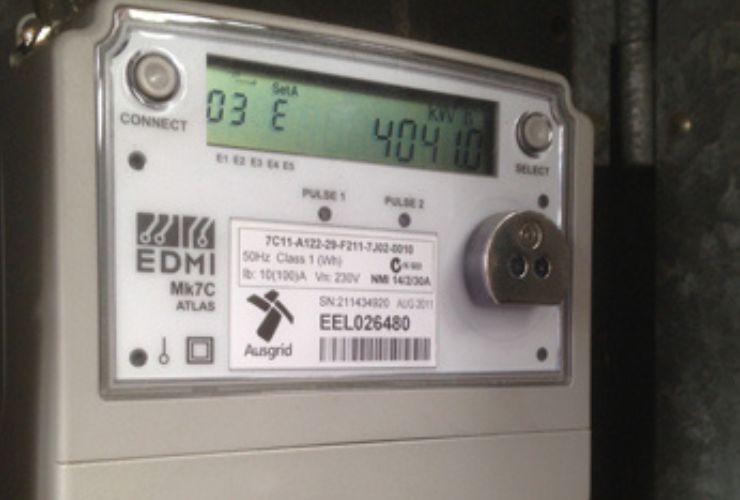
Smart meters
Smart meters, also called AMI, offer more services than old meters. While the local energy retailers do not always enable these capabilities, this type of electrical meter can, in general:
- Provide real-time data to the householder on how much electricity they are consuming. Consumers seldom receive the option to access it through a web portal or an ‘in-home display’.
- Enable the option of flexible electricity pricing tariffs;
- Transmit energy use data to the energy utility so that meter readers are no longer required. Usually via the web, once a day – not in real-time;
- Receive and carry out commands. Such as disconnecting the supply when customers move out;
- Monitor the supply for faults and automatically advise the electricity utility in case of problems;
- Act as a ‘gateway’ or point of communication to the home for important information. Such as changes in price or notification of emergencies;
- Act as a 2-way interface with the customer’s appliances via a ‘home energy network’.
They installed over 1 million units specifically in Victorian homes as part of a new metering initiative. While a positive initiative to upgrade meter reading hardware and billing options. The time of day metering has not been positive in many communities.
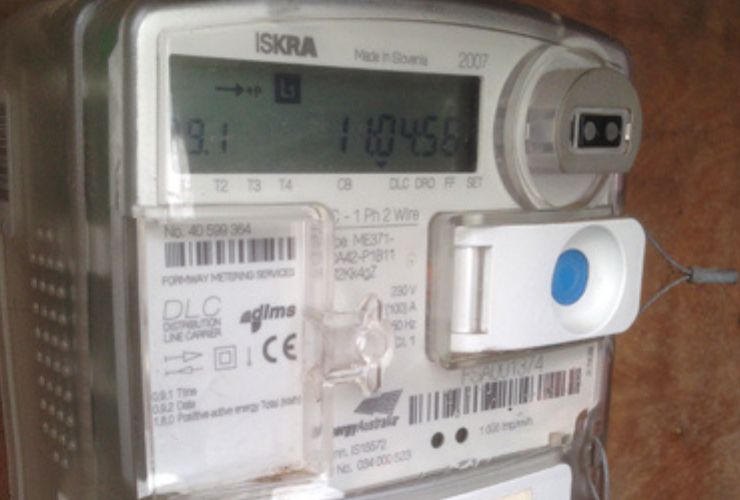
How electricity suppliers and their customers use these capabilities varies and is likely to change over time.
In Australia, different states and electricity retailers have other policies on smart meters.
Some smart meters can monitor the renewable energy generated by a solar system. They can also display the amount of electricity being sent back to the grid. Also, indicate the amount consumed on site.
Intelligent metering options
Advanced solar monitoring systems, like solar analytics, can connect directly to your smart meter. This powerful link unlocks a treasure trove of information about your solar energy production and battery usage.
These systems go beyond basic monitoring. They utilize their own hardware to precisely measure energy consumption and generation every 5 seconds, providing a detailed picture of your energy flow. Additionally, they offer live monitoring (smart metering), allowing you to see real-time energy usage by individual appliances. This empowers you to make informed decisions and optimize your energy efficiency.
The transition to smart meters is progressing across various regions. Some states and territories actively replace older meters with smart ones through dedicated programs. In other areas, smart meters are only installed during routine meter replacements.
Combined, advanced solar monitoring systems and smart meters offer a powerful tool to understand and optimize your solar energy use, potentially leading to cost savings and a more sustainable lifestyle.
